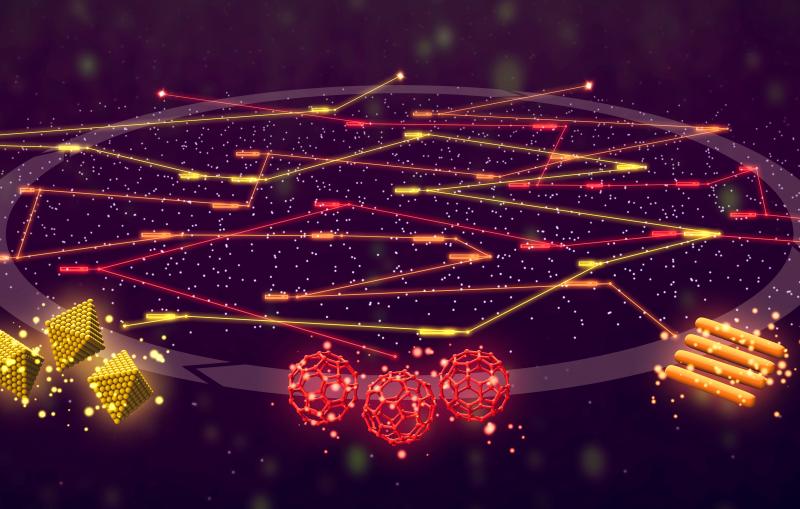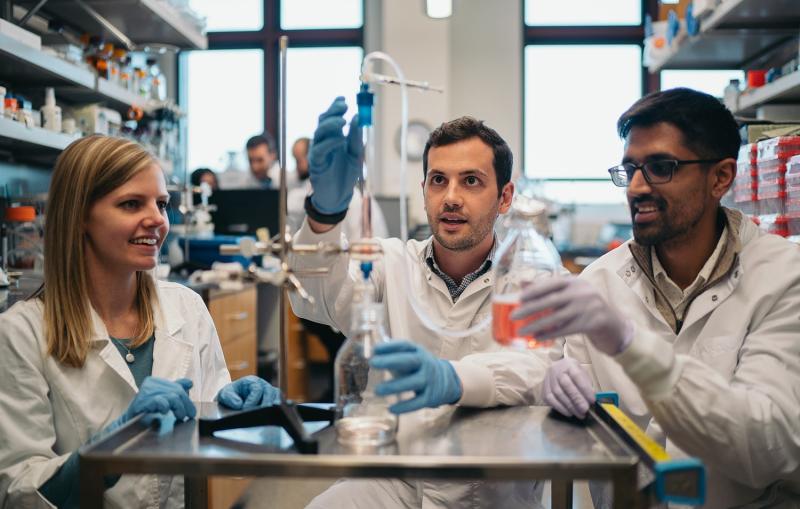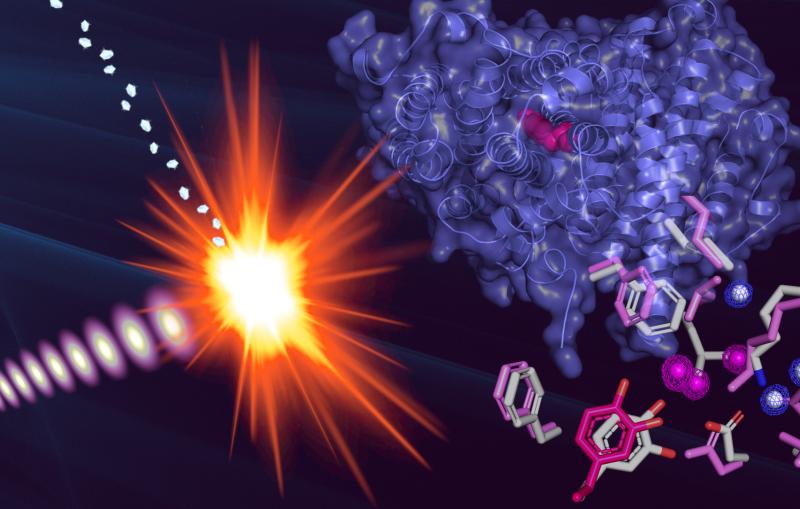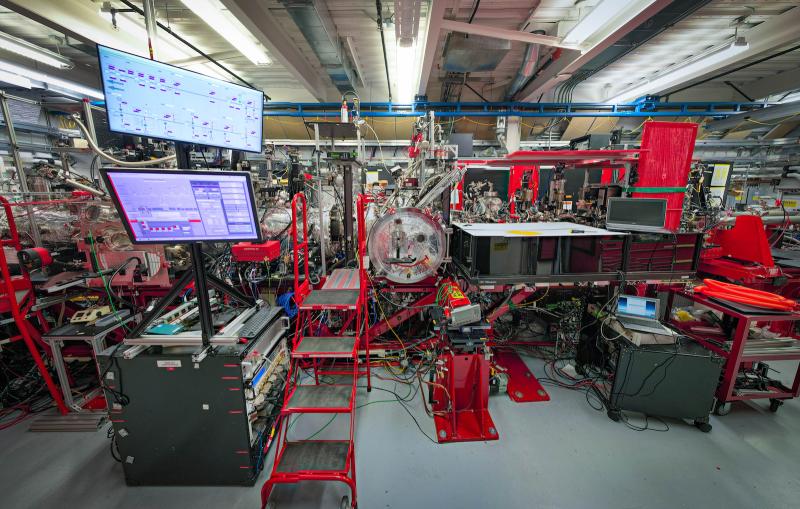September 22, 2014
Stanford Researchers Create 'Evolved' Protein That May Stop Cancer From Spreading
SSRL protein crystallography expert joined research effort that could lead to a safe and effective alternative to chemotherapy.
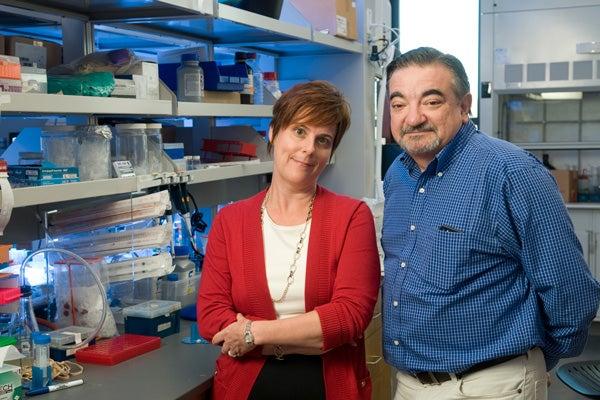
Dig Deeper


